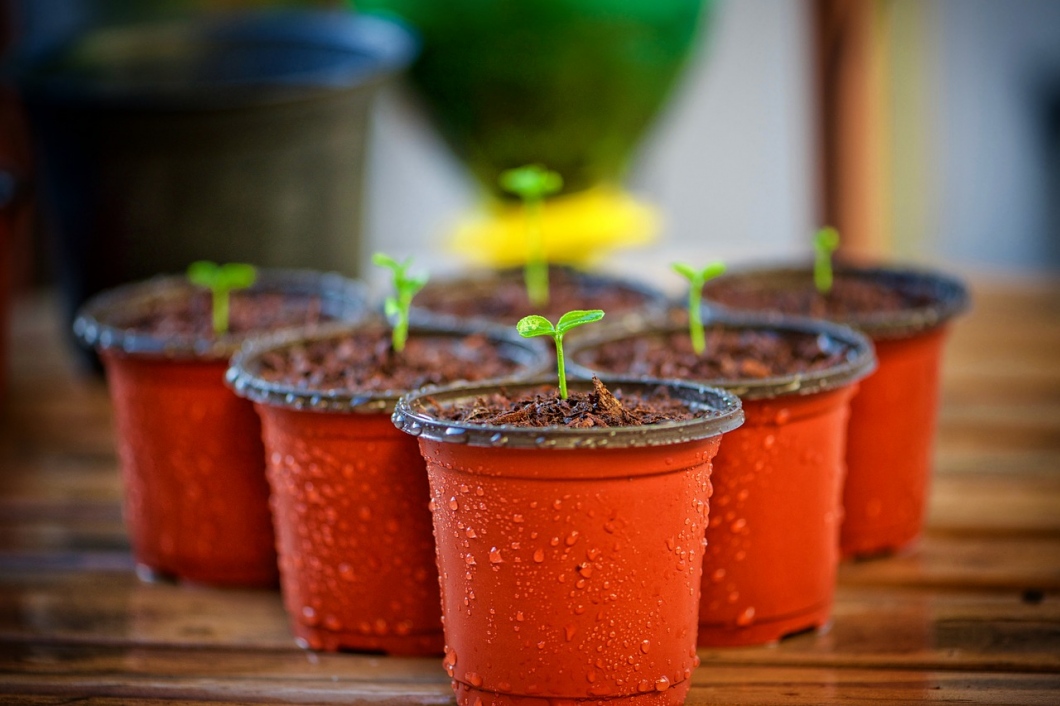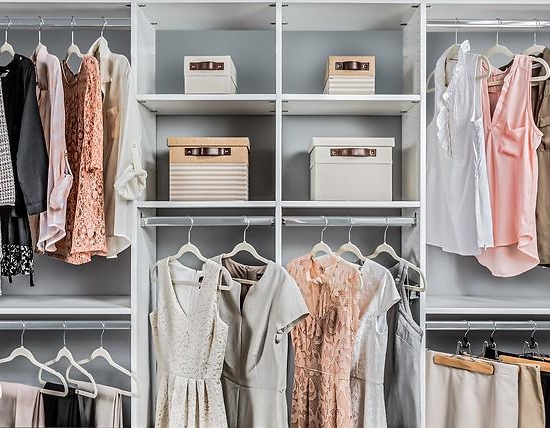1) Plenty of light

Greenhouses are usually made from glass among other transparent materials which allow an abundance of light to seep in from all directions. You could argue that you can get such conditions in the outdoors as well but in the modern day era where trees, fences, and tall buildings are the order of the day, there are numerous shaded zones that serve to reduce the amount of useful sunlight reaching your crops. A greenhouse allows you to plant on the sunniest side of your space that might not necessarily be favorable for optimum plant growth.
2) Excellent distribution of temperature

Plants and particularly flowering and fruit-bearing varieties are quite sensitive to temperature changes and any deviations to either side of the extremities can slow or hinder performance greatly. A greenhouse works to ensure that that is not the case through monitored temperature regulation using space heaters and fans coupled with timers. This hybrid system ensures an even spread of temperature through the day and throughout growing seasons and beyond.
3) Concentrated levels of greenhouse gases

Greenhouse gases here doesn’t allude to environmental problems instead the term refers to carbon dioxide which forms an essential ingredient in the photosynthesis process. Sure your plants can still get adequate CO2 in the outdoors however a greenhouse serves to increase the concentration levels within the interior akin to how a magnifying lens focuses rays of light upon a particular spot. Consequently, plants have much more to work with when making their own and thereby our food.
4) Effective pest control

Normally, production in greenhouses involves growing crops in containers which provides an easy-to-control environment where you can effectively manage what goes into the soil that forms the dinner table for your plants. You can, therefore, nip pest attacks in the bud as well as shackle the spread of disease-causing fungi and bacteria by eliminating sources such as slugs and borers.
5) Improved watering

Water is another crucial resource for plants and water not only refers to moisture within the soil but also that within the air i.e. humidity. Controlled humidity betters production and foliage health while sufficient watering ensures crops are able to hit their food-making strides. A greenhouse allows you to incorporate adept means of providing water e.g. through capillary matting and other kinds of automated and efficient watering systems.
6) Saves both time and money
With automated systems in place to take care of watering, temperature, humidity control among other essential day-to-day activities, you’ll spend much less time doing the dirty work yourself. Moreover, you won’t need as much labor as you would with field production and you’ll save a great deal of money at the end of the day.
Your crops will no doubt do fairly well if you decide to venture down the path of open field production. However, they’ll certainly not reach the same heights of success if they were grown in a greenhouse which ensures your plants have all they need to not only survive but also thrive beyond expectation.







